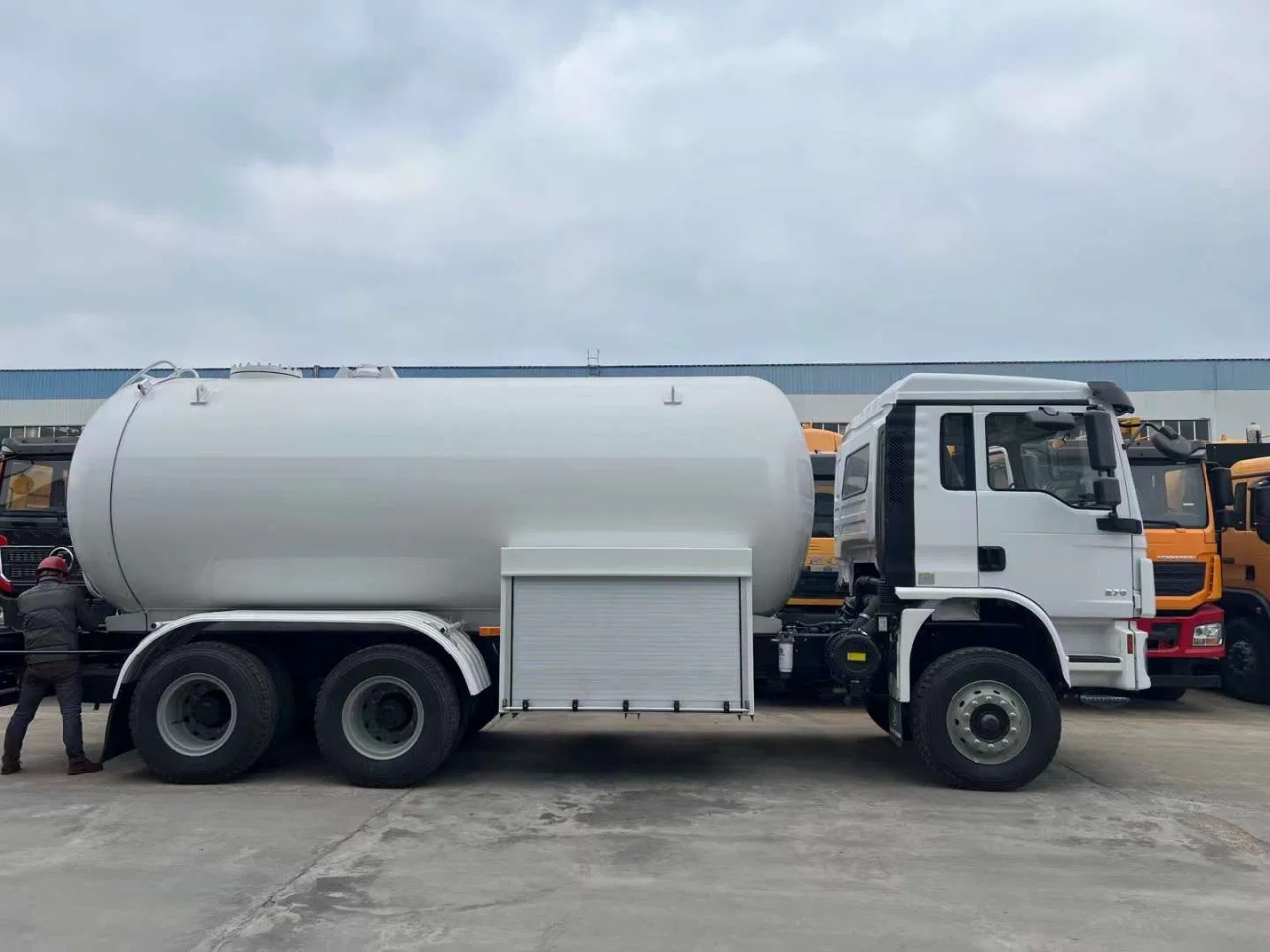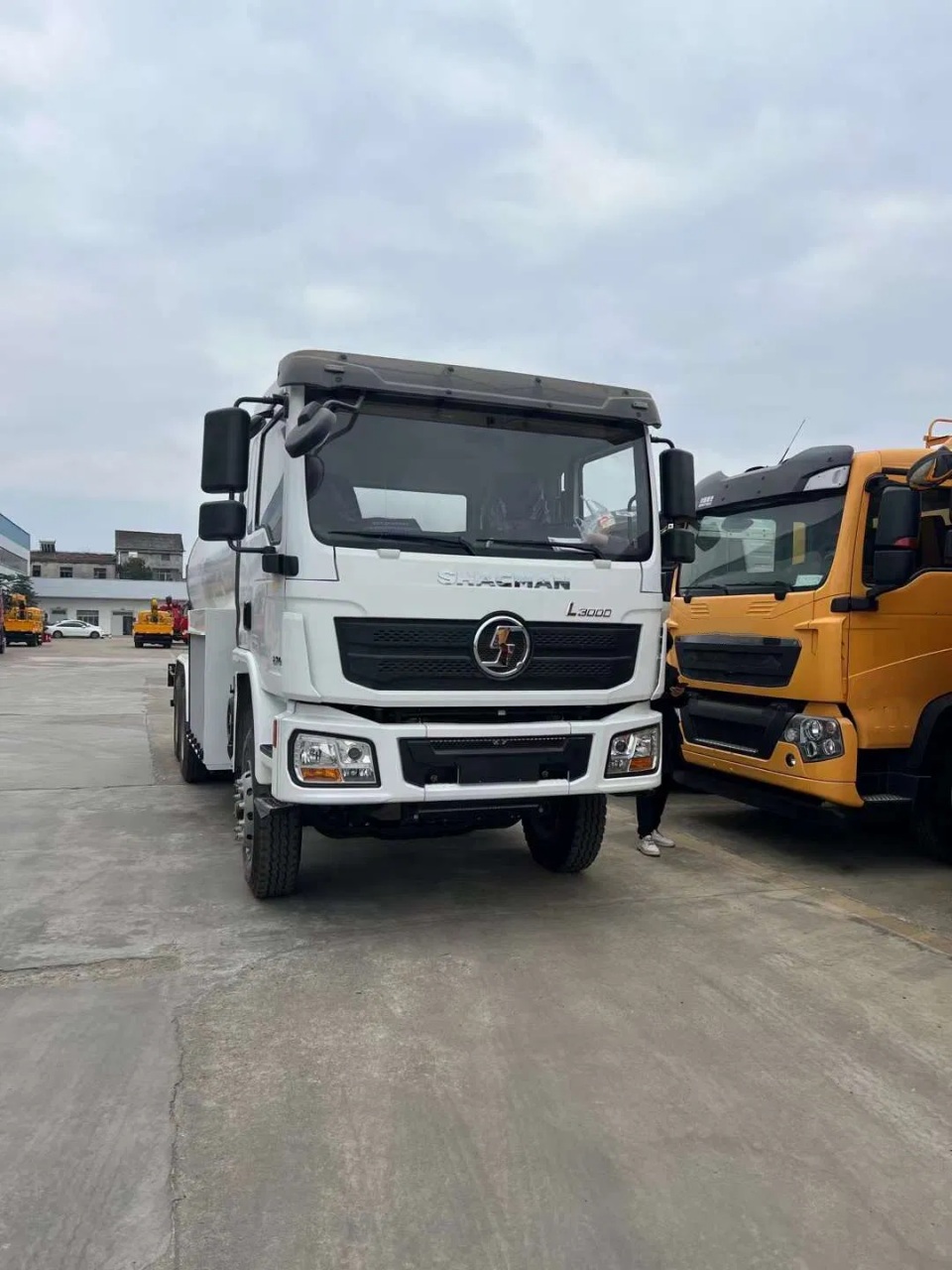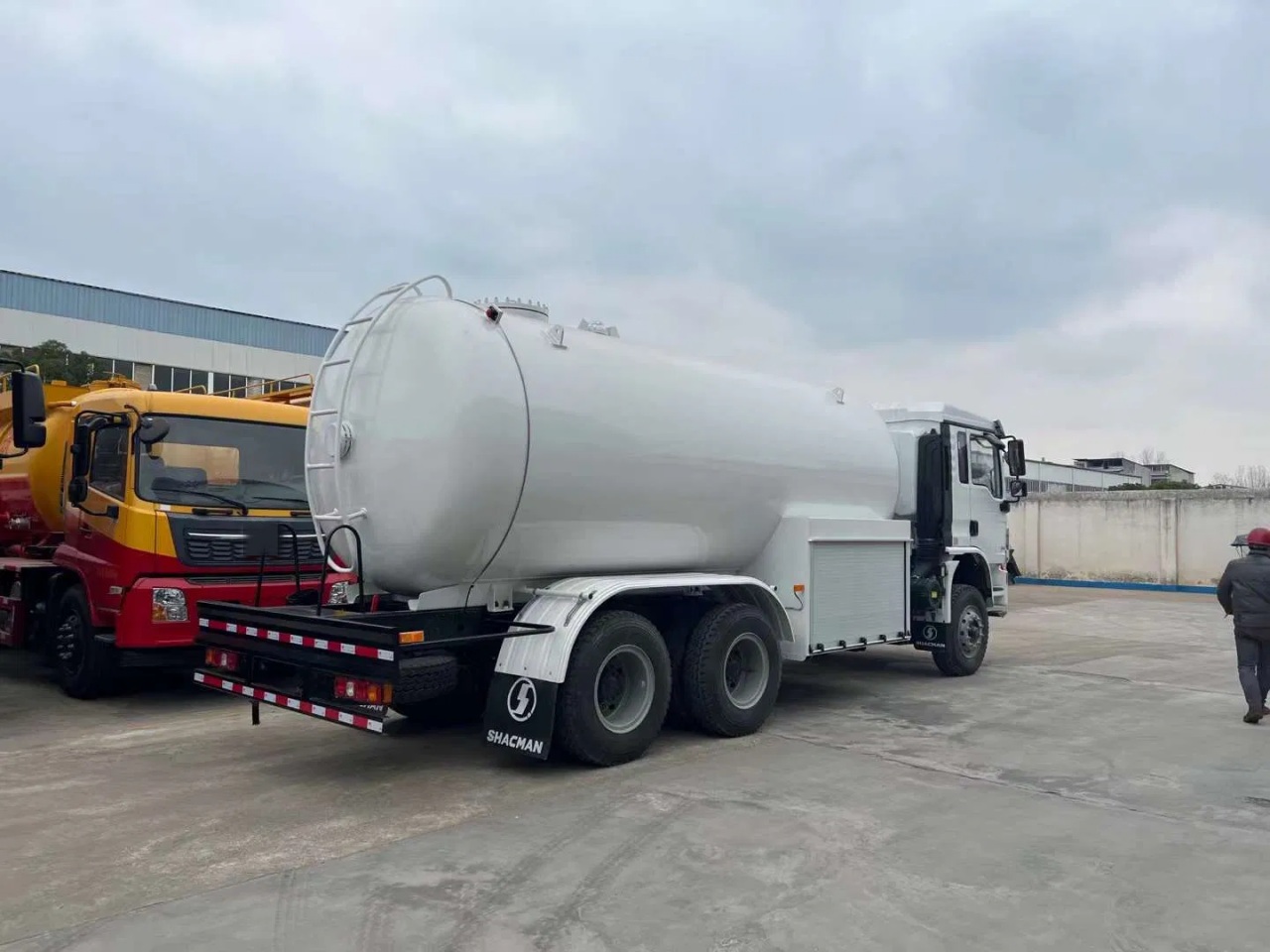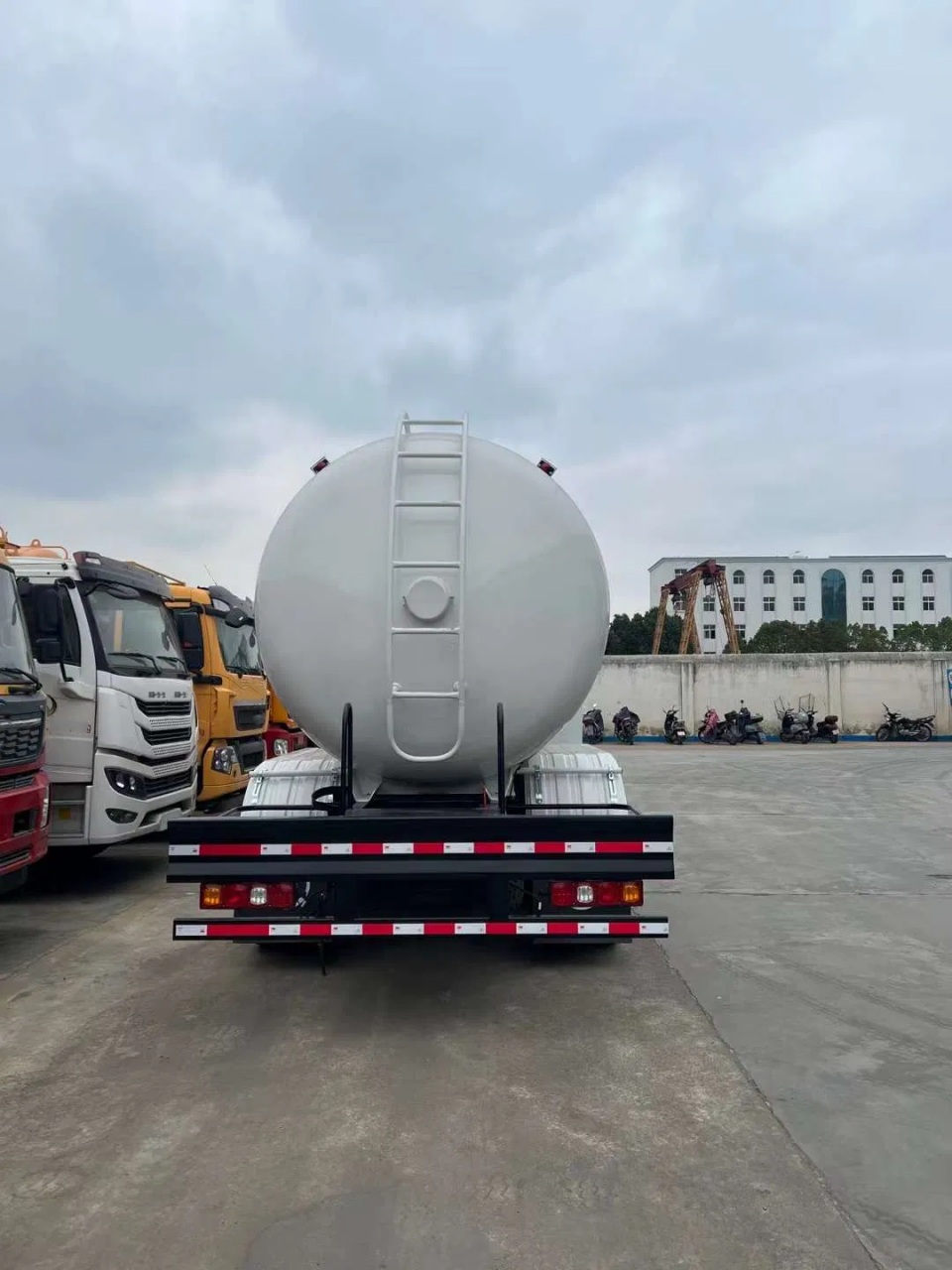When people hear the term bobtail truck, they might picture a compact vehicle hauling goods around town. However, the reality is a bit more complex. Bobtail trucks come in different shapes and sizes, depending on their purpose, and understanding their dimensions is crucial for logistics, transportation planning, and road safety. In this article, we’ll break down exactly what a bobtail truck is, its typical dimensions, and why its size matters.
Understanding the Bobtail Truck
To begin, a bobtail truck is a semi-truck or tractor unit that is not currently hauling a trailer. The term originally comes from the trucking industry and refers specifically to a tractor operating without its trailer attached. It can also loosely refer to small straight trucks used to deliver specific commodities like propane or liquid gases, often known as propane bobtails or LPG bobtails.
There are generally 2 main types of bobtail trucks:
- Tractor Bobtails (Semi-Truck Bobtails): These are the front engine-powered sections of semi-trailer trucks that are operated without their trailers.
- Straight Truck Bobtails (Propane Bobtails): These are single-frame trucks with a tank or cargo space directly mounted on the chassis.
Typical Sizes and Dimensions
Because “bobtail” can refer to 2 main types of trucks, the size can vary significantly. Here’s a breakdown of the typical dimensions for each type:
1. Tractor Bobtail Dimensions
A bobtail tractor is essentially a semi-truck cab without the trailer. These vehicles are primarily designed to tow large trailers and are not typically used for carrying freight in their bobtail state. However, they’re often on the road empty when returning from a delivery or repositioning to pick up a new load.
Typical Dimensions:
- Length: 20 to 25 feet (6 to 7.6 meters)
- Width: 8.5 feet (2.6 meters)
- Height: 10 to 13.5 feet (3 to 4.1 meters)
- Wheelbase: 12 to 15 feet (3.6 to 4.5 meters)
- Gross Vehicle Weight (GVW): Around 15,000 to 25,000 pounds (6,800 to 11,300 kg) when empty
The size may vary slightly depending on the make and model, the engine configuration, the number of axles, and whether the truck has a sleeper cab.
2. Straight Truck Bobtail (e.g., Propane or LPG Bobtail)
These bobtails are used primarily in the propane delivery industry. They have a tank mounted directly onto the chassis and are used to deliver liquefied petroleum gas (LPG) or other specialized materials to end users.
Typical Dimensions:
- Length: 24 to 35 feet (7.3 to 10.7 meters)
- Width: 8 to 8.5 feet (2.4 to 2.6 meters)
- Height: 10 to 12 feet (3 to 3.7 meters)
- Tank Capacity: 2,500 to 5,000 gallons (9,500 to 19,000 liters)
- Gross Vehicle Weight Rating (GVWR): 26,000 to 40,000 pounds (11,800 to 18,100 kg)
These trucks are usually classified as Class 6 to Class 8 vehicles depending on their configuration and weight rating.
Why Size Matters
Understanding the dimensions of a bobtail truck is important for several reasons:
1. Road Safety and Handling
Bobtailing a tractor without a trailer significantly changes the handling dynamics of the truck. Without the stabilizing weight of a trailer, the truck becomes lighter in the rear and has reduced traction, especially in wet or slippery conditions. Knowing the size and weight distribution is essential for safe operation.
2. Parking and Maneuverability
Drivers need to be aware of the truck’s dimensions for parking and maneuvering in tight spaces. While a bobtail truck is shorter than a fully loaded tractor-trailer, it’s still quite long and tall compared to regular passenger vehicles.
3. Compliance with Legal Regulations
Many jurisdictions have regulations about truck size, weight limits, and classification. These regulations may affect where a bobtail truck can operate, especially in urban areas with weight or height restrictions.
4. Transportation Planning
Logistics companies and fleet operators need to understand vehicle dimensions to plan routes, especially when dealing with low-clearance bridges, narrow roads, or delivery access points.
Other Considerations
Bobtail Weight Distribution
A common issue with bobtail trucks, especially tractor bobtails, is unbalanced weight distribution. Most of the weight is centered over the front axles, which can lead to handling challenges and longer stopping distances. It also increases wear and tear on tires and brakes.
Fuel Efficiency
Bobtail trucks generally have improved fuel efficiency over loaded vehicles, but are still less efficient than lighter trucks due to their heavy-duty engines and components. The fuel tank capacity for a typical tractor bobtail is around 100 to 150 gallons.
Turning Radius
Bobtail trucks have a tighter turning radius than full tractor-trailers, but they still require wide turns due to their long wheelbase. Straight truck bobtails, like propane trucks, often have better maneuverability for residential deliveries.
Examples of Common Bobtail Trucks
- Freightliner Cascadia Bobtail Tractor
- Length: ~22 feet
- Height: ~12 feet
- Used for long-haul transport, often seen bobtailing to new pickup points.
- International HX Series Propane Bobtail
- Tank Size: 3,200 to 5,000 gallons
- Length: 28 to 32 feet
- Common in fuel and gas delivery.
- Kenworth T370 LPG Bobtail
- GVWR: 33,000 lbs
- Wheelbase: Customizable (up to 300 inches)
- Ideal for mid-sized delivery operations.
Conclusion
So, what size is a bobtail truck? The answer depends on the type of truck in question. A tractor bobtail typically measures around 20–25 feet in length and weighs up to 25,000 pounds, while a straight truck bobtail, like a propane delivery vehicle, can be longer and heavier, often with tank capacities exceeding 3,000 gallons.
Understanding these dimensions is key not just for operators and drivers, but also for regulators, planners, and businesses involved in freight and logistics. Whether you’re managing a fleet or just curious about the trucks you see on the road, knowing the size of a bobtail truck helps paint a clearer picture of how vital these vehicles are to supply chains and everyday life.





